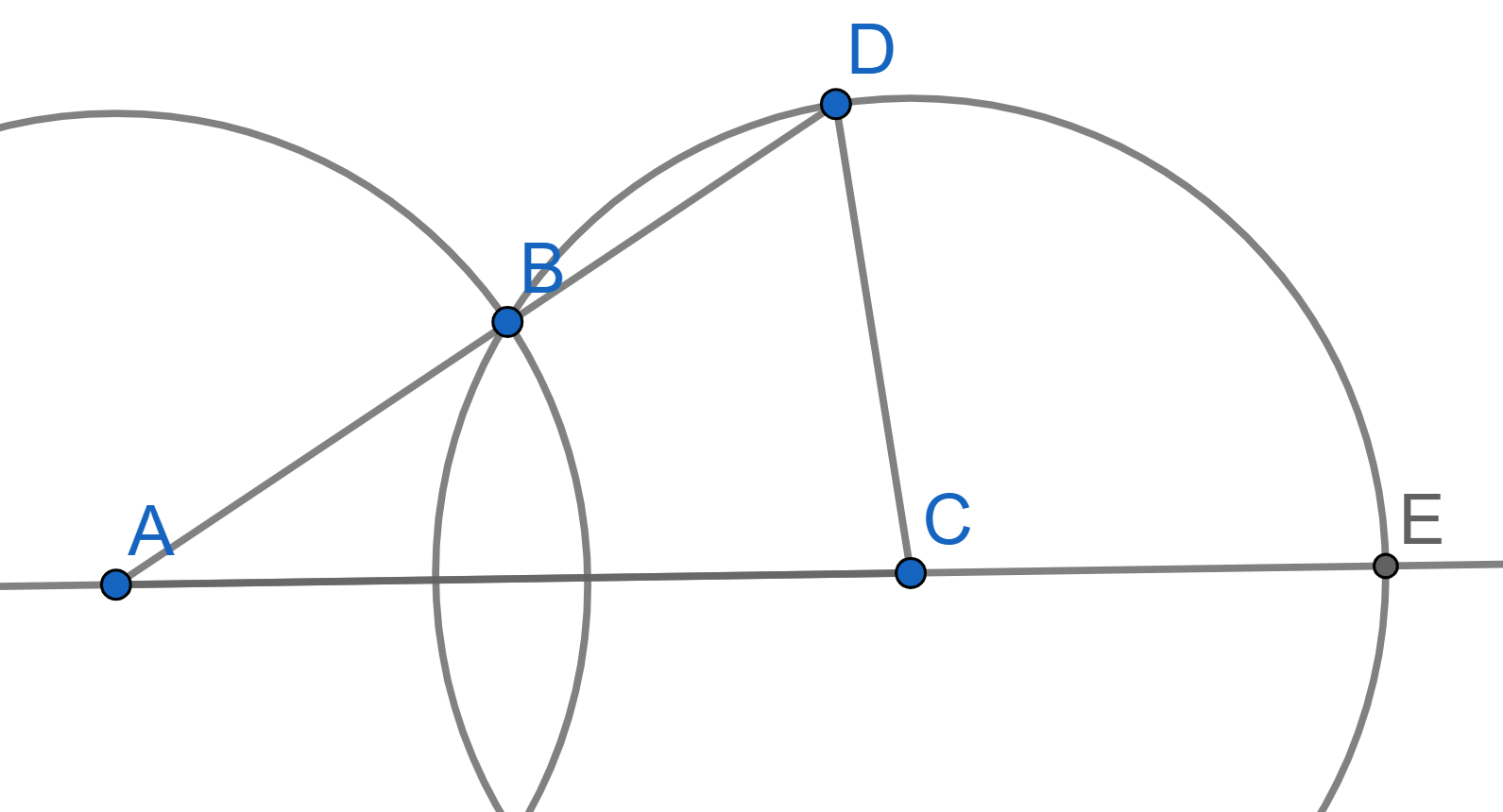Problems
Prove that the sum of the distances from an arbitrary point to three vertices of an isosceles trapezium is greater than the distance from this point to the fourth vertex.
Prove that if the angles of a convex pentagon form an arithmetic progression, then each of them is greater than \(36^{\circ}\).
On a line segment of length 1, \(n\) points are given. Prove that the sum of the distances from some point out of the ones on the segment to these points is no less than \(n / 2\).
Prove that in any triangle the sum of the lengths of the heights is less than the perimeter.
Prove that \(\angle ABC < \angle BAC\) if and only if \(AC < BC\), that is, the larger side lies opposite the larger angle of the triangle, and opposite the larger side lies the larger angle.
\(ABC\) is a right angled triangle with a right angle at \(C\). Prove that \(c^n > a^n + b^n\) for \(n > 2\).
Prove that the area \(S_{ABC}\) of a triangle is equal to \(abc/4R\).
The point \(D\) lies on the base \(AC\) of the isosceles triangle \(ABC\). Prove that the radii of the circumscribed circles of the triangles \(ABD\) and \(CBD\) are equal.
Express the area of the triangle \(ABC\) through the length of the side \(BC\) and the angles \(B\) and \(C\).
Two intersecting circles of radius \(R\) are given, and the distance between their centers is greater than \(R\). Prove that \(\angle ECD = 3\angle CAD\).
